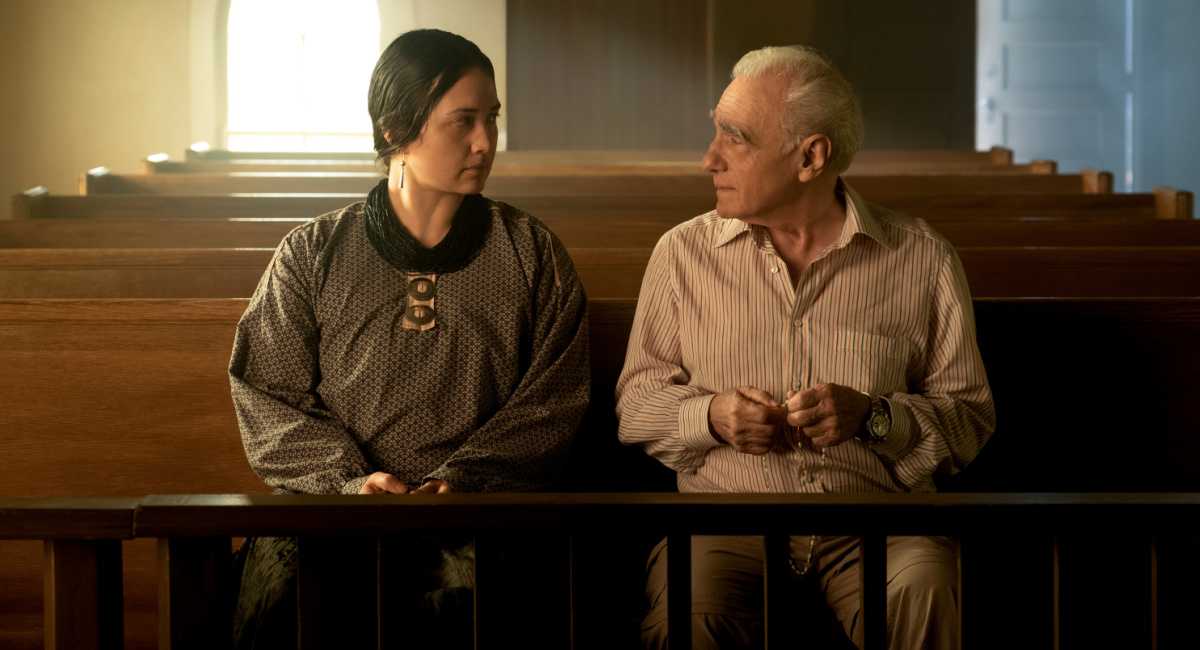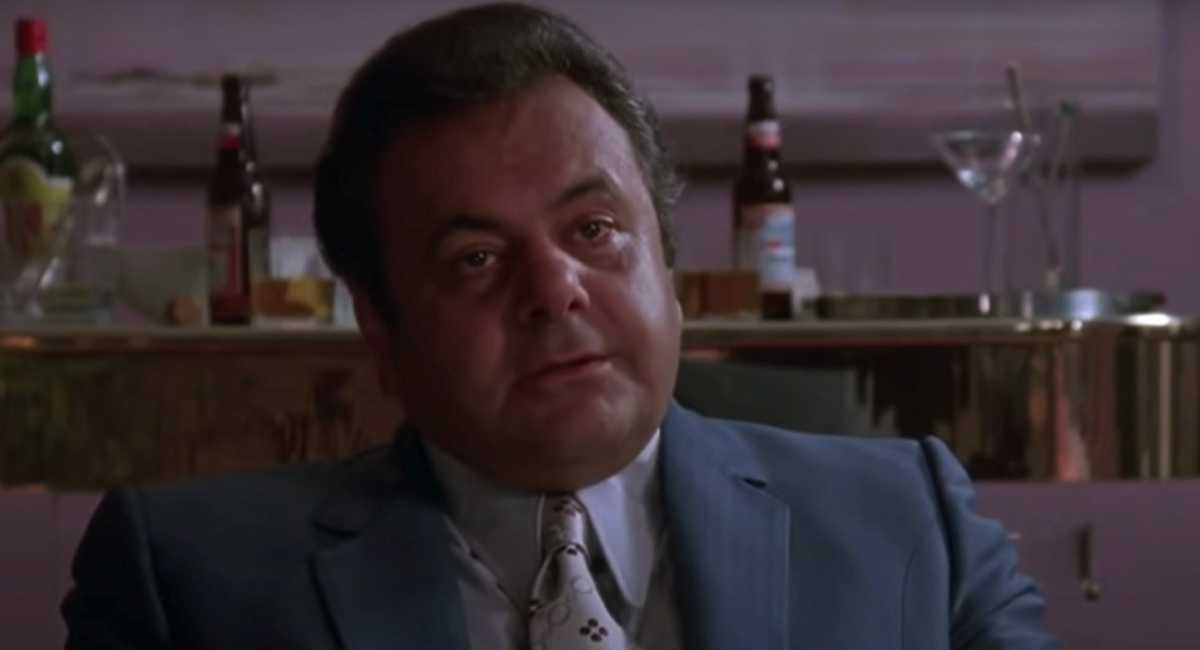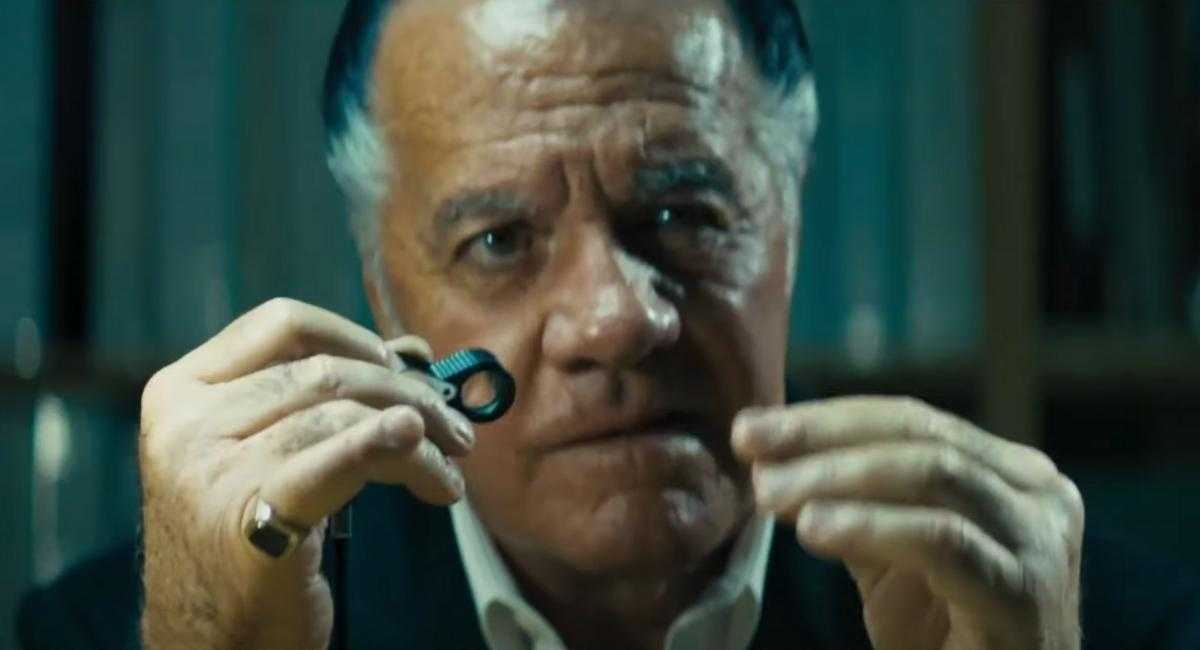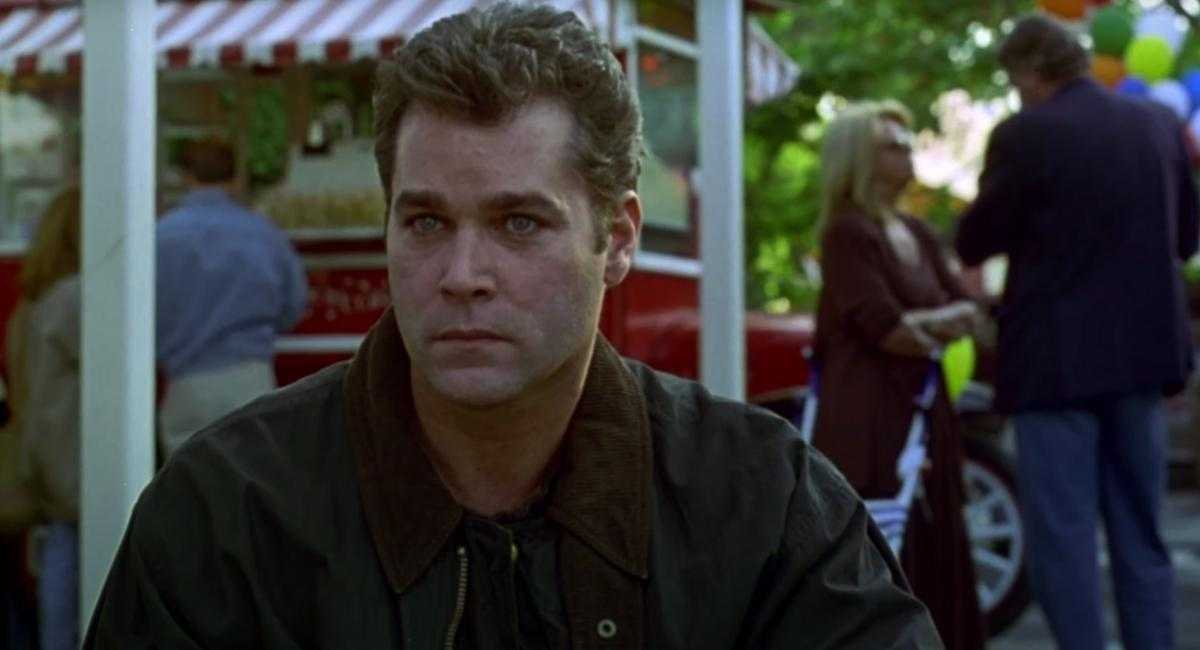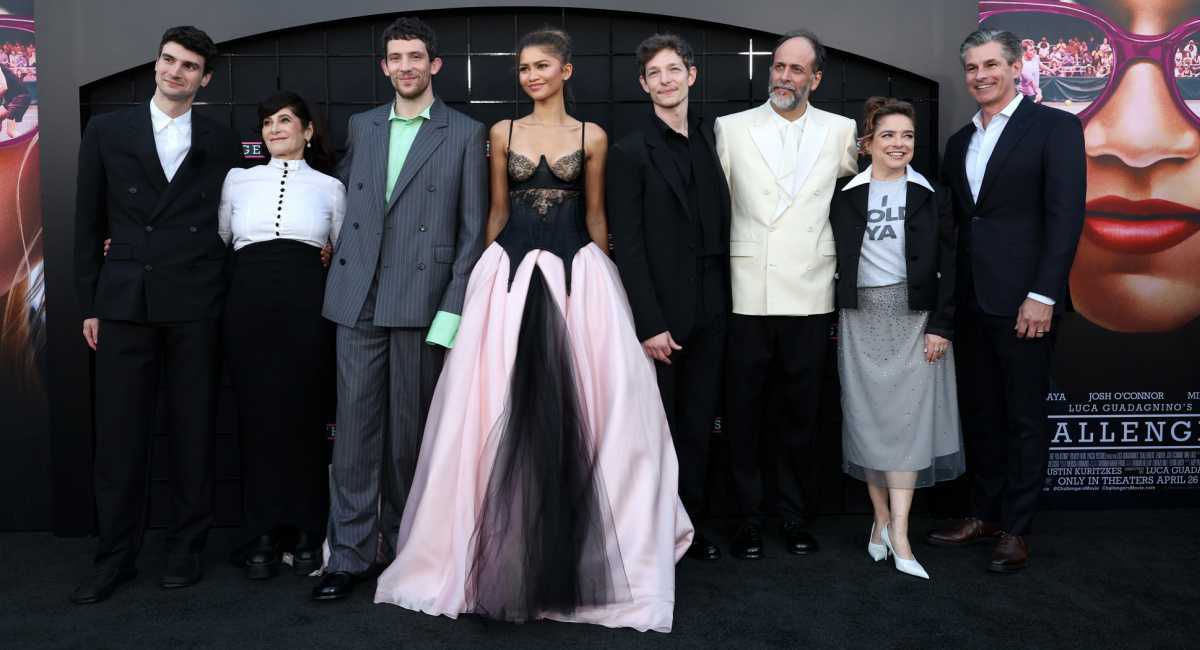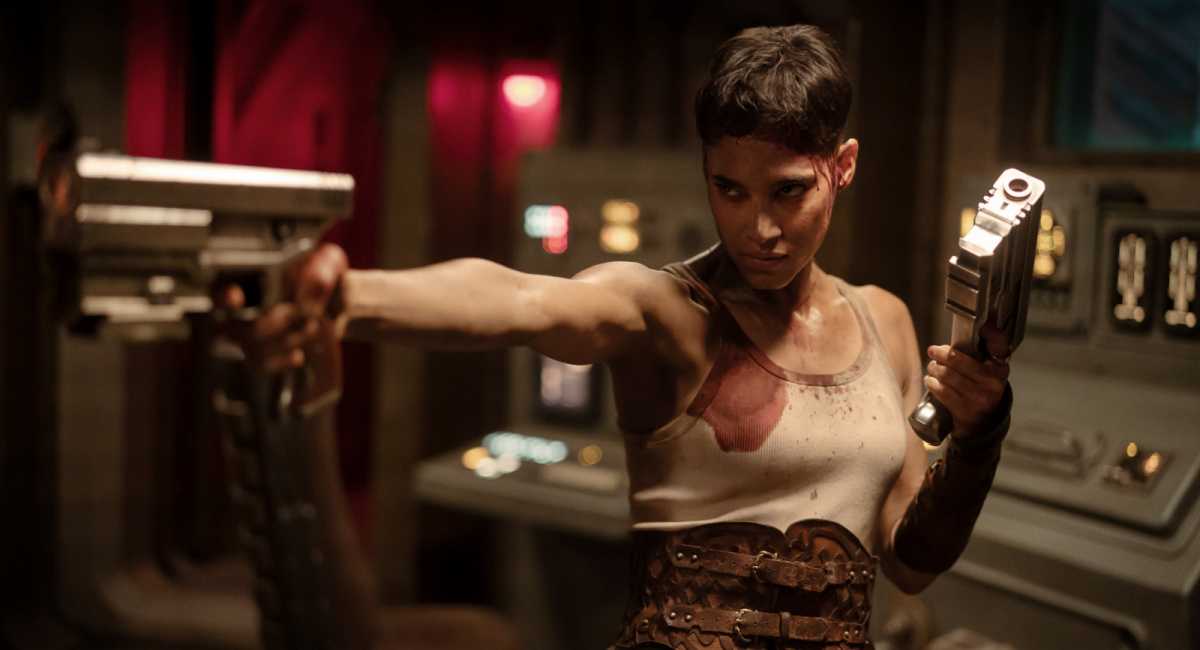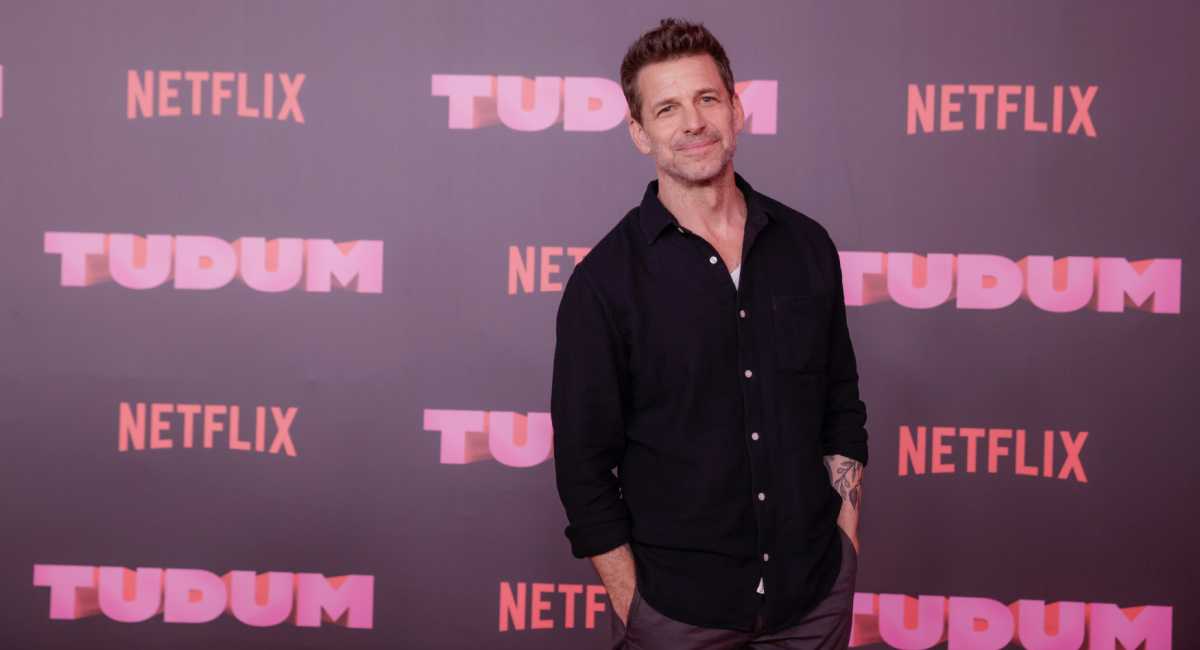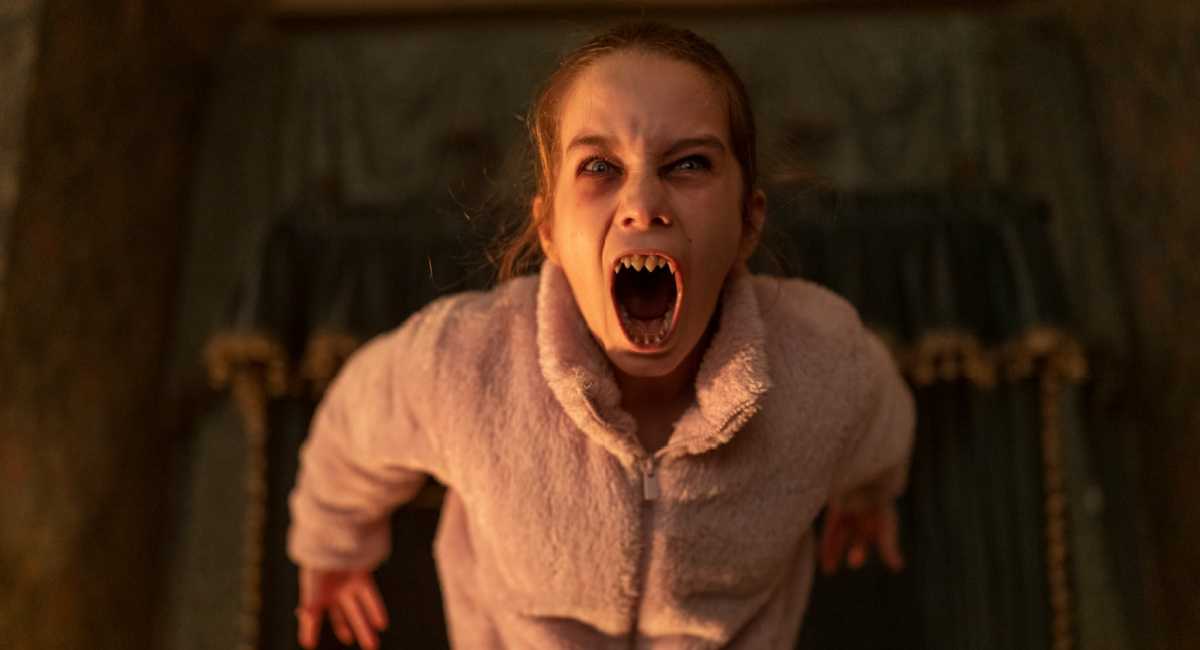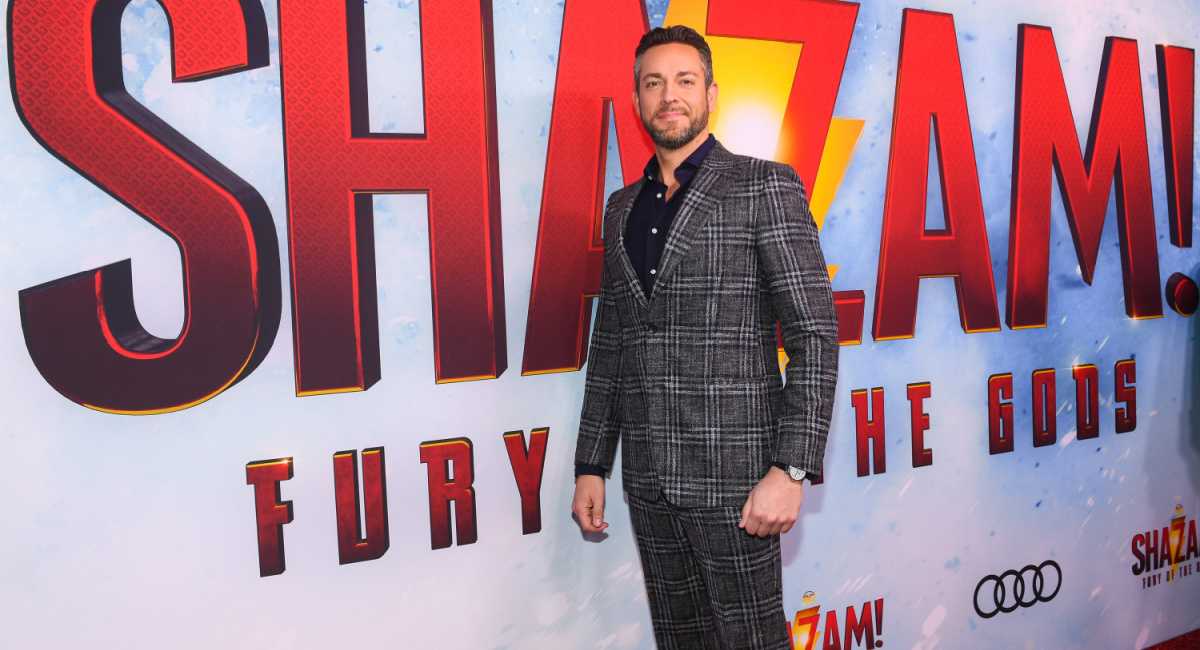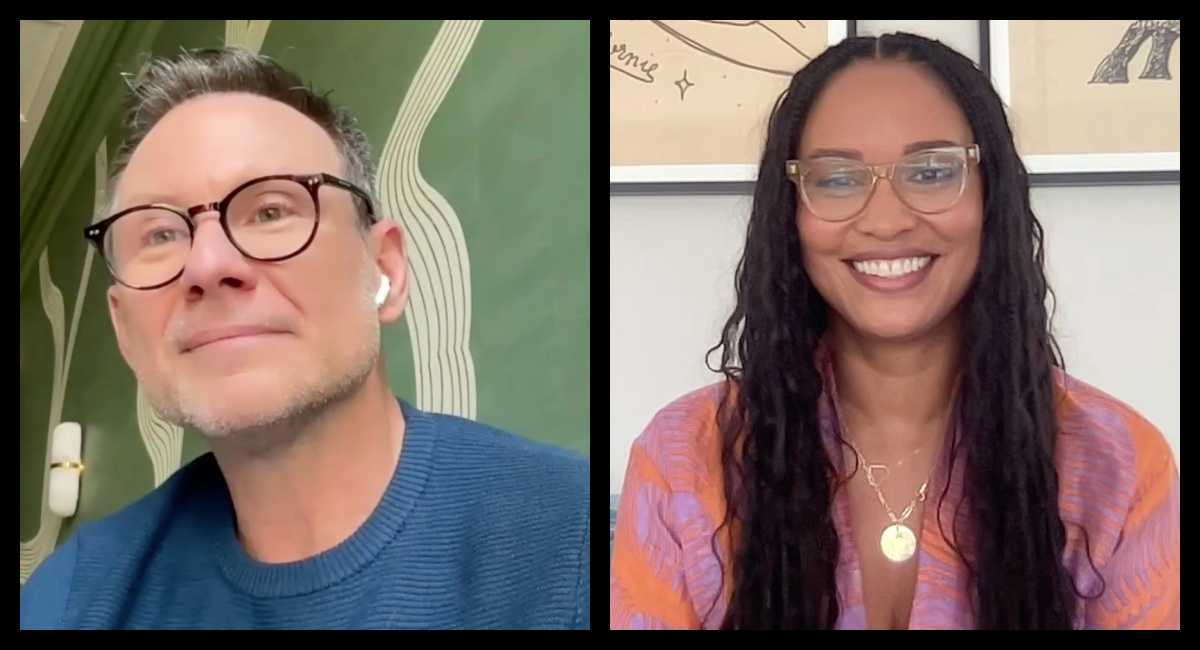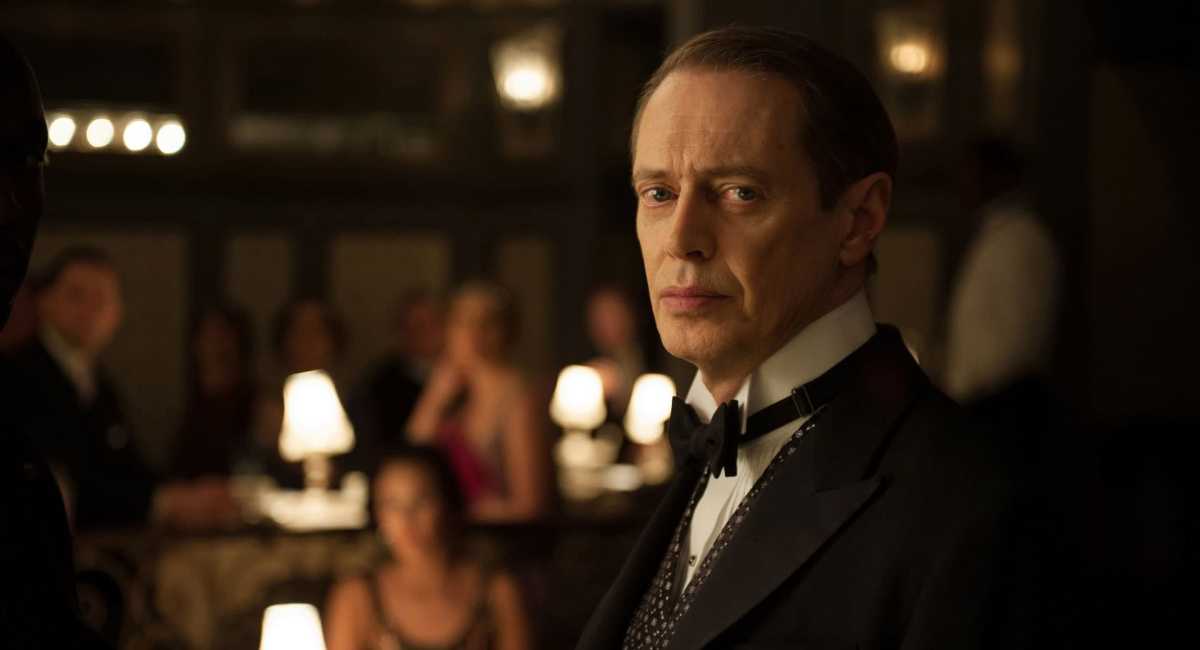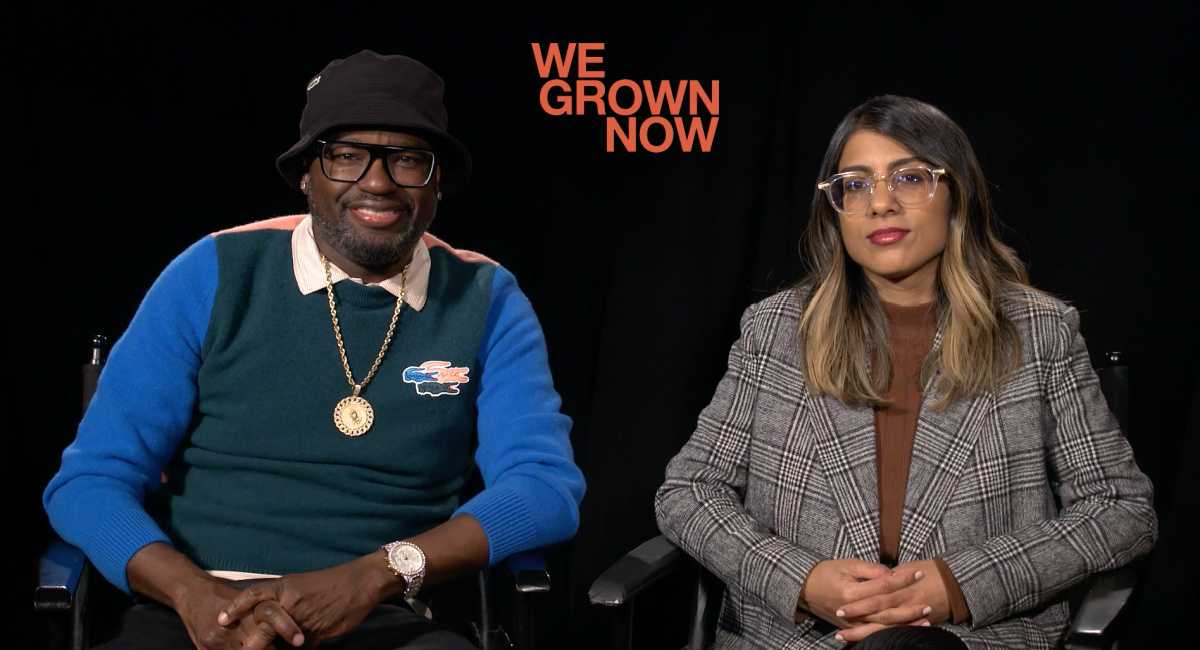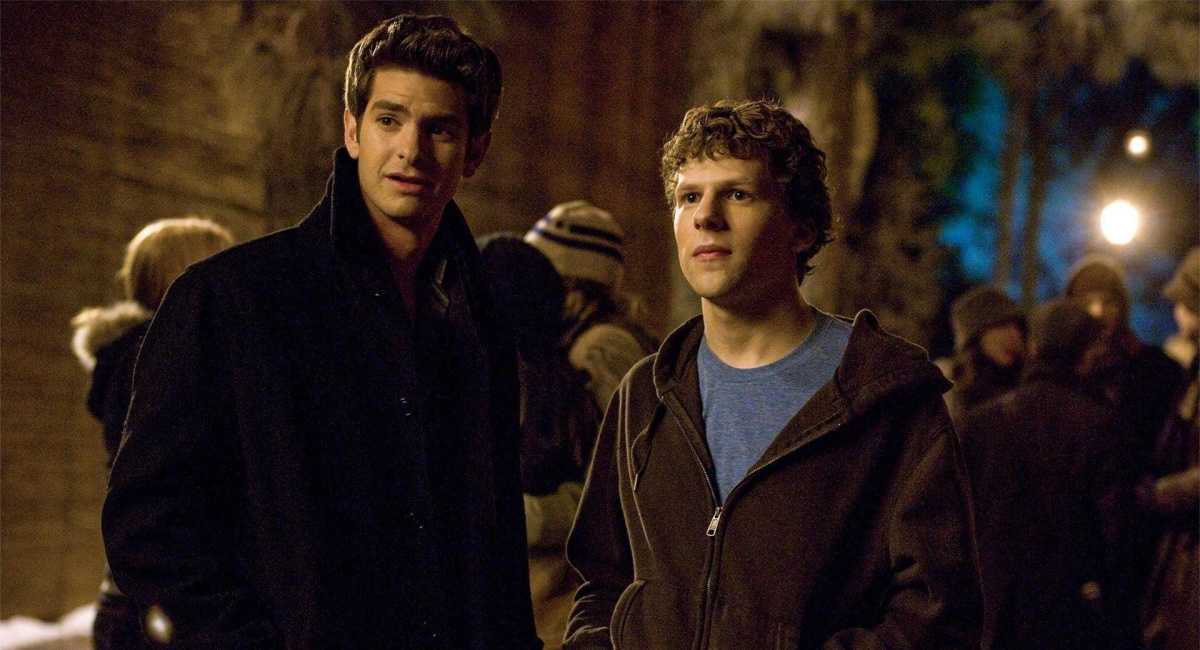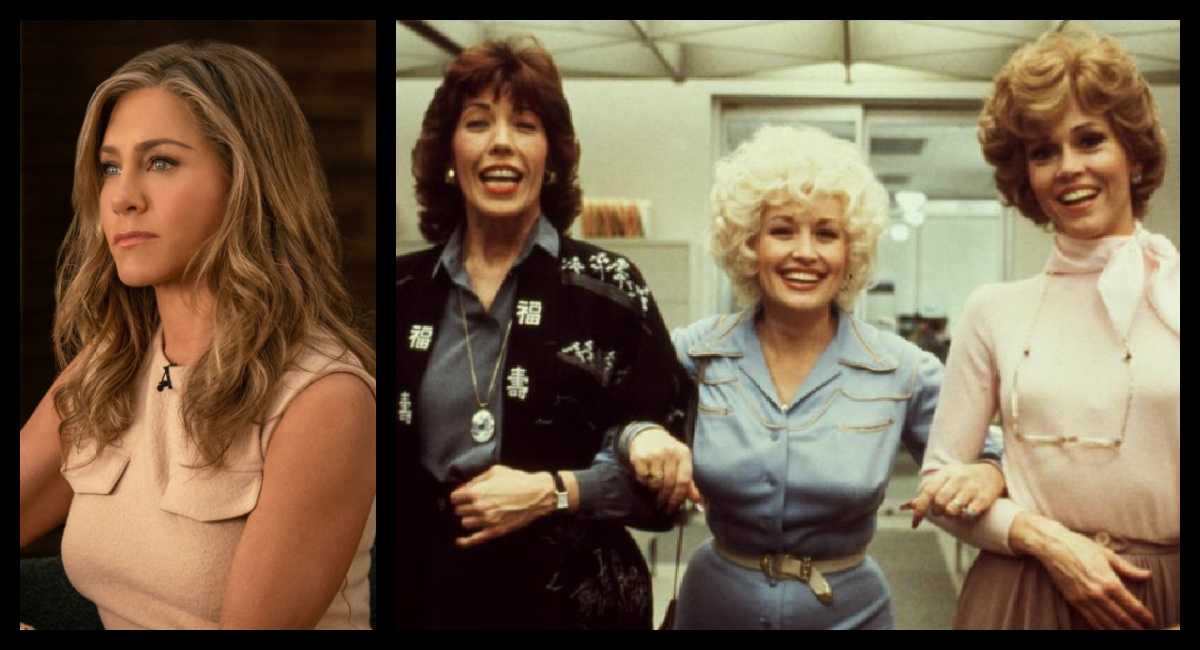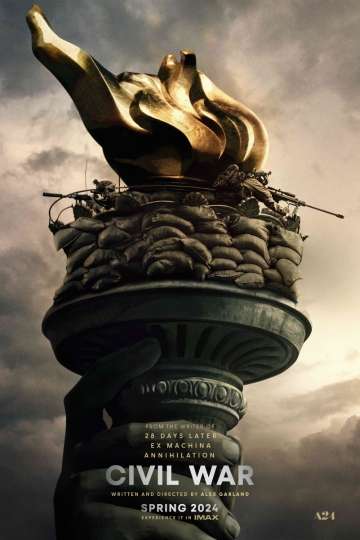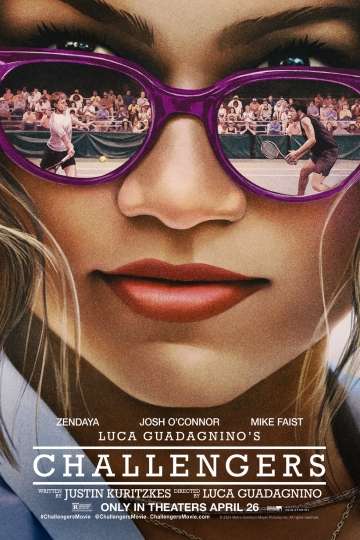'Goodfellas': 25 Things You (Probably) Didn't Know About Scorsese's Masterpiece
"I want people to get infuriated by it," Martin Scorsese said of his initial impulse in making "Goodfellas." "I wanted to seduce everyone into the movie and into the style. And then just take them apart with it."
In fact, some people were appalled and repulsed at the early screenings of "Goodfellas," which opened 25 years ago this week (on Sept. 19, 1990). At one test preview, there were mass walkouts within the first 10 minutes. But Scorsese's angry gesture soon backfired. Viewers did get seduced by the lowlife mobsters (taken from Nicholas Pileggi's 1985 true-crime book "Wiseguy") and the director's own adrenalized filmmaking style. Instead of an assault on the audience, "Goodfellas" became one of the most influential and beloved movies of the past quarter century.
In honor of "Goodfellas" turning 25 this week, here are 25 things you need to know about Scorsese's masterpiece. Don't let that red sauce burn on the stove while you're reading.
1. The real Henry Hill was an associate of the Lucchese crime family, who later went into the federal witness protection program in 1980. Pileggi's interviews with Hill made up the bulk of "Wiseguy." He earned a reported $480,000 as a consultant on the film, whose details he would later praise as 90 percent accurate.
2. Unlike the character portrayed by Ray Liotta, who witnesses several murders but never kills anyone himself, Hill admitted to Howard Stern that he had murdered three people on orders from Paul Vario, the real-life model for Paulie Cicero.
3. The real Tommy De Vito (as played by Joe Pesci) was named Tommy "Two Gun" DeSimone. Unlike the diminutive Pesci, DeSimone was over six feet tall and built like a heavyweight boxer. In the film, he's whacked for his own unauthorized whacking of made man William "Billy Batts" Bentvena, but in real life, Batts wasn't the only mafioso that Tommy killed without permission. He also killed Ronald "Foxy" Jerothe. Both victims were associates of John Gotti, future boss of the rival Gambino family.
4. Paul Vario (renamed Paulie Cicero in "Goodfellas" and played by Paul Sorvino) was the real-life boss of the crew that included Hill, Burke, and DeSimone. Hill claimed that Vario had an affair with his wife, Kare,n (played by Lorraine Bracco) while Hill was in prison, though the movie doesn't mention it. Vario died in prison in 1988.
5. Scorsese phoned Pileggi's office to talk about optioning the film rights to "Wiseguy," but when the author saw a message that said, "Call Martin Scorsese," he thought it was a joke and didn't follow up. But the filmmaker called back and said, "I've been looking for this book for years." Pileggi replied, "I've been waiting for this phone call all my life."
6. Marlon Brando almost talked Scorsese (pictured, right) out of making "Goodfellas," saying the director would just be repeating what he'd done in "Mean Streets" and "Raging Bull." But Scorsese's longtime editor, Thelma Schoonmaker, read Pileggi's tale to her husband, legendary British film director Michael Powell. Convinced that the story offered a fresh, funny take on the gangster genre, Powell told Scorsese, "You must do it," and changed Scorsese's mind.
7. Scorsese and Pileggi changed the movie's title from "Wiseguy" to "Goodfellas" to avoid confusion with CBS' then-current mob drama series "Wiseguy."
8. For the sake of authenticity, Ray Liotta turned to tapes of the FBI's conversations with Hill. The actor would listen to them in his car and mimic Hill's speech patterns as he drove to and from the set.
9. De Niro also relied on Hill for authenticity, going through the FBI to contact their protected witness and quiz Hill about the way Jimmy would hold a cigarette or a shot glass. Sometimes he'd call Hill several times in a day. Scorsese, however, has said he spoke to Hill only once, when the film was nearly finished.
10. Scorsese often cast his parents in cameos in his movies, but in "Goodfellas," he really put them to work. His mom plays Tommy's mom, and his dad plays a mobster (he can be seen cooking sauce in the prison-dinner sequence). But Scorsese also had his parents starch the extraordinarily pointy shirt collars the mobsters wear; he didn't trust anyone else to do the job right. The senior Scorseses also cooked that stockpot of red sauce that Henry spends all day simmering near the end of the movie.
11. The notorious "Funny how?" sequence (pictured above) was improvised by Pesci and Liotta, based on a conversation Pesci had once had with someone Scorsese characterized as "a dangerous man." This time, Pesci got to be the dangerous man. He improvised the lines in rehearsal, Scorsese had them transcribed, and the actors memorized them before the cameras rolled.
12. The celebrated Steadicam tracking shot through the bowels of the Copacabana was inspired by just a sentence in Pileggi's book noting that, when Hill would visit the famous nightclub, he'd enter through the kitchen. Scorsese and cinematographer Michael Ballhaus turned Henry and Karen's arrival for a show at the club into a mini-epic -- one of the most famous oners in movie history. The director insisted on getting the entire shot in one take. Ballhaus said it took eight tries, but they got it, and it didn't even take up a full day of shooting.
13. Hill claimed that Tommy's near-lethal pistol-whipping of Billy Batts was fairly accurate, except that in real life, DeSimone hit him so hard that he broke the gun.
14. During the sequence where Tommy fatally empties his .45 into Spider (Michael Imperioli), poor Imperioli stumbled backward into the bar so forcefully that he slashed his hand on a glass pitcher and had to be taken to the emergency room to have the wound stitched up.
15. Edward McDonald, the prosecutor who talked Hill into turning state's evidence, had the guts to suggest to Scorsese that he should play himself in the movie. After giving McDonald a screen test, Scorsese agreed.
16. Schoonmaker has said that she and Scorsese especially enjoyed putting together the lengthy montage that makes up Henry's last day as a wiseguy (above) because they made a point of experimenting and violating every rule of classical editing in order to simulate the jagged, out-of-control rhythms of Henry's cocaine-fueled paranoia. Test audiences found the sequence irritating, prompting Schoonmaker and Scorsese to make the sequence even faster and edgier.
17. The ratings board initially deemed the film too violent for an R rating. Scorsese had to trim bloodletting from 10 scenes before the board relented.
18. The 1978 Lufthansa heist, as depicted in the movie, was indeed the largest-value robbery in American history up to that point, netting $5 million in cash and nearly a million more in jewelry. As in the film, law enforcement suspected Jimmy's crew almost immediately, leading him to have most of the co-conspirators killed. The biggest break in the case didn't come until 2014 with the arrest of Vincent Asaro, then 78, a former Gambino soldier and alleged co-conspirator (though Hill claimed Asaro wasn't involved).The loot has never been found.
19. Henry, at the end of the movie, may have complained about having to live the rest of his life as an ordinary schnook, but it didn't work out that way. He, Karen and their son and daughter were placed in new identities and new homes in various cities, from Omaha to Seattle. But Hill kept blabbing about his real identity to his neighbors and kept getting arrested on drug charges. Eventually, the FBI booted the Hill family from the program. After 25 years of marriage, Henry and Karen were divorced in 1989.
20. A year later, of course, "Goodfellas" made him famous. Hill would go on to tell his own story in books, a website, and various radio interviews with Stern. He marketed his spaghetti sauce online and opened a restaurant called Wiseguys in Connecticut. After he appeared alongside Liotta in an Entertainment Weekly photo shoot in 2006, the actor persuaded him to enter rehab. In 2012, he succumbed to complications from heart disease. He died peacefully at 69 in a Los Angeles hospital bed, surrounded by family.
21. Unlike Henry, Karen Hill and the couple's children, Gregg and Gina, have maintained assumed identities and kept a relatively low profile. Gregg and Gina did publish a memoir of their own, 2004's "On the Run: A Mafia Childhood."
22. Pileggi's wife, Nora Ephron, wrote her own movie inspired by Henry Hill, "My Blue Heaven." It was a comedy about a flamboyant mobster (Steve Martin) struggling with suburban life while in Witness Protection. It actually came out in theaters a month before "Goodfellas."
23. In the years after "Goodfellas," Sorvino would often appear on TV cooking shows, demonstrating that he was an expert at cutting paper-thin slices of garlic with a razor blade, just like Paulie. In 2010, he finally started marketing his own line of pasta sauces.
24. The film cost a reported $25 million, making it Scorsese's most expensive picture at that point in his career. It earned back $47 million in North America.
25. "Goodfellas" was nominated for six Oscars, including Best Picture, Best Director, Best Adapted Screenplay (for Scorsese and Pileggi), Best Editing, and Best Supporting Actress (for Bracco). Pesci won the movie's only Academy Award, for Best Supporting Actor.


